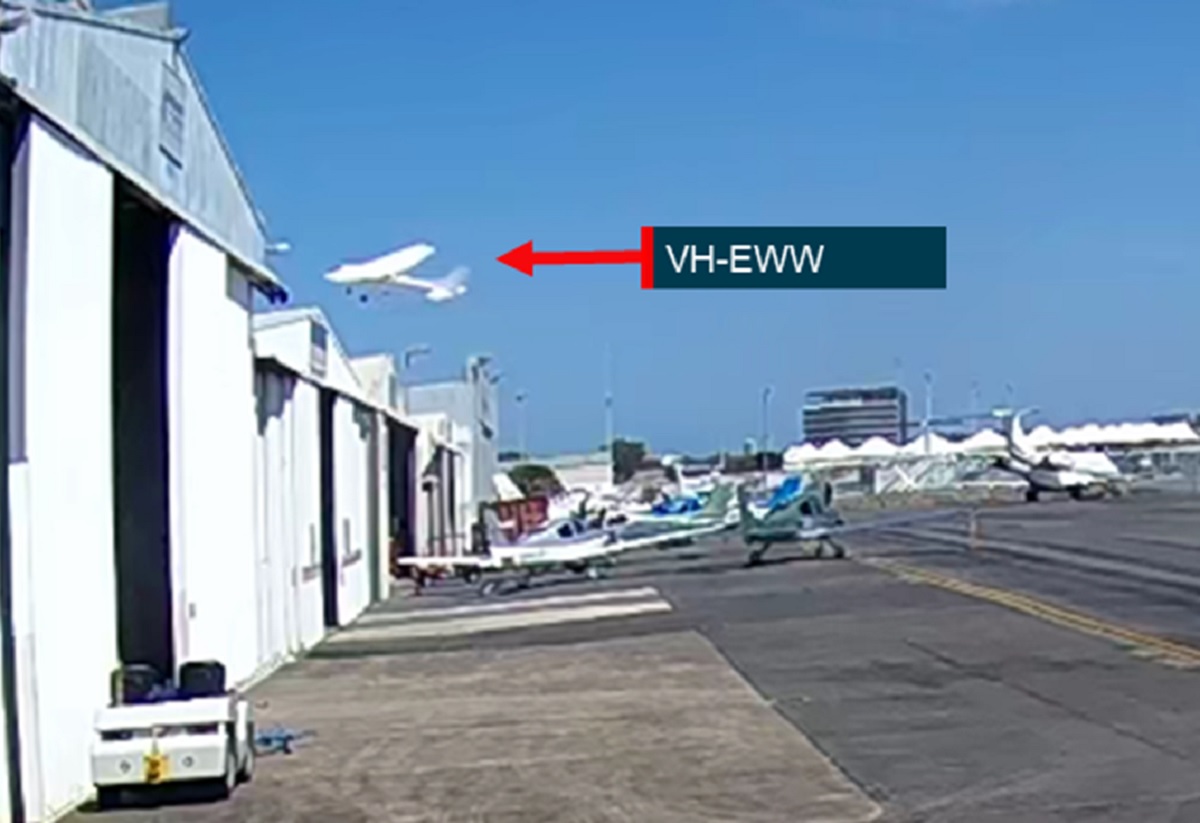A new report comparing trans-Tasman broadband performance shows that New Zealand and Australian consumers on fibre to the premises connections receive very similar download speeds. The report also shows New Zealand has more consistent performance during the evening hours, but Australian consumers on fixed wireless networks receive faster download speeds and more stable connections than New Zealanders on fixed wireless.
The report reveals that fixed-line (fibre to the premises and hybrid fibre cable) and fixed wireless networks in New Zealand have faster uploads than in Australia due to differences in how they are configured. Both download and upload performance in New Zealand is supported by the overprovisioning of plan speeds, whereas in Australia NBN overprovisions only the download component.
The ACCC and the New Zealand Commerce Commission have jointly released the report. It uses September 2021 data of comparative broadband services from the two countries’ respective broadband monitoring programs.
“By benchmarking Australia’s high-speed broadband performance against other countries, we can assess the relative strengths and weaknesses of the NBN,” ACCC Commissioner Anna Brakey said.
“The NBN generally compares well to equivalent connection types in New Zealand, particularly download speeds during the day. However, NBN’s access charging model and approach to provisioning upload traffic on fixed-line connections appear to be causing some busy hour and upload metrics to fall below New Zealand’s.”
“There are no technical impediments to the NBN matching New Zealand’s busy hour and upload performance on 100 Mbps download plans,” Ms Brakey said.
New Zealand Telecommunications Commissioner Tristan Gilbertson said the trans-Tasman comparison was a useful way of seeing how their broadband network was performing for consumers.
“We’re pleased that we’ve been able to work with SamKnows and the ACCC to produce this report. Trans-Tasman comparisons are a useful way of checking how well our broadband networks are performing for consumers, and it’s great to see that our Ultra-Fast Broadband fibre network, in particular, stacks up well against the NBN,” Mr Gilbertson said.
Fixed-line broadband results
NBN fixed-line 100 Mbps download and 20 Mbps upload (100/20) plans recorded a higher average download speed (102.1 Mbps) than New Zealand’s equivalent Fibre 100 plans (101.2 Mbps) outside of the busy evening hours of 7-11pm. However, speeds in Australia declined more as network traffic increased.
In the busiest test hour, the average download speed on NBN fixed line 100/20 plans declined from the non-busy hours average by 4.5 Mbps (97.6 Mbps) in Australia, compared to a 2.3 Mbps reduction (98.9 Mbps) on New Zealand’s Fibre 100 plans. This shows that, on average, Australian consumers experience congestion more than their New Zealand counterparts. As a result, Australian consumers have a slightly higher risk of a disrupted online experience during the busiest periods on the network.
Average download speeds on Australia’s NBN Ultrafast broadband plans were lower than average download speeds on New Zealand’s equivalent Fibre Max broadband plans. Australia’s average download speeds also declined more (126.7 Mbps) than New Zealand’s (88.9 Mbps) in the busiest test hour. The difference in average upload speeds is because the two countries have fundamentally different upload speed specifications for Fibre Max plans.
These very high-speed broadband services are typically purchased by households that use a large number of online applications concurrently.
“We encourage consumers who are looking to upgrade to a very high speed tier to consider the value of these services relative to their normal daily usage,” Ms Brakey said.
“Most consumers, even with multiple family members online at the same time, do not require the fastest plans currently available in Australia, and have a good broadband experience on plans with lower download speeds.”
“We continue to encourage consumers to shop around for the plan that best meets their needs and budgets,” Ms Brakey said.
Upload speeds on both the 100/20 and Ultrafast speed tiers were also higher in New Zealand.
Tests for NBN 100/20 broadband plans were conducted on services connected to fibre-to-the-premises and hybrid fibre cable networks, to provide a more like-for-like comparison to New Zealand’s Fibre 100 broadband plans. Fibre to the premises connections in both countries were tested for NBN Ultrafast and Fibre Max comparisons.
Fixed wireless broadband results
Average download speeds on Australia’s NBN fixed wireless plus broadband plans (36.4 Mbps) were higher than those on New Zealand’s regional fixed wireless network (29.2 Mbps). However, New Zealand’s regional fixed wireless network recorded much higher average upload speeds (17.0 Mbps) than NBN fixed wireless (4.0 Mbps).
Australia’s slower fixed wireless upload speeds are due to NBN Co’s decision to configure the network to give more capacity to downloads than uploads.
NBN 100/20 Mbps over FTTP + HFC & Fibre 100
September 2021. Download and upload speeds measured during busy hours.

NBN Ultrafast over FTTP & Fibre Max
September 2021. Download and upload speeds measured during busy hours.

NBN Fixed Wireless Plus & 4G fixed wireless
September 2021. Download and upload speeds measured during busy hours.

Note
The data in this report is from September 2021, and it was published in the ACCC’s and NZCC’s respective broadband monitoring reports.
NBN services in operation data in the report is from the ACCC’s September 2021 wholesale market indicators report.
Different approaches are taken to the provisioning of upload speeds. New Zealand over-provisions upload speeds on 100/20 Mbps plans, but Australia does not. The purpose of overprovisioning is to accommodate protocol overhead, which is the code that delivers the data to the right place. The portion of bandwidth taken up by the overhead is compensated for by overprovisioning, so consumers experience speeds closer to the maximum of their plan.
Different approaches are also taken to charging for access, with busy hour download capacity charges being applied in Australia but not in New Zealand. These charges are an important factor that retailers who sell NBN services consider when choosing how much network capacity to acquire in order to meet end-user demand in the busiest hours.
The ACCC thanks volunteers in the Measuring Broadband Australia program for participating.
Background
The Federal Government has funded the ACCC to run a national broadband performance monitoring and reporting program from 2017 to 2025. The goal of Measuring Broadband Australia quarterly reports is to increase transparency and encourage greater performance-based competition and better internet performance throughout the country. Data for Measuring Broadband Australia is provided by SamKnows using methodology based on established speed testing programs in the UK, US and Canada.
The NZCC also runs a broadband performance monitoring and reporting program known as Measuring Broadband New Zealand.
The ACCC and NZCC commissioned SamKnows to use data it collects under both countries’ broadband monitoring and reporting programs to produce a comparative report.
The purpose of the report is to benchmark the performance of each country’s comparable broadband services to identify differences and potential improvements. As the ACCC is currently examining the revised regulatory framework for the NBN, the comparison will be used to identify potential adjustments to settings, to improve competition and consumer outcomes under a new framework.
To sign up to volunteer to participate in reporting, visit Measuring Broadband Australia







